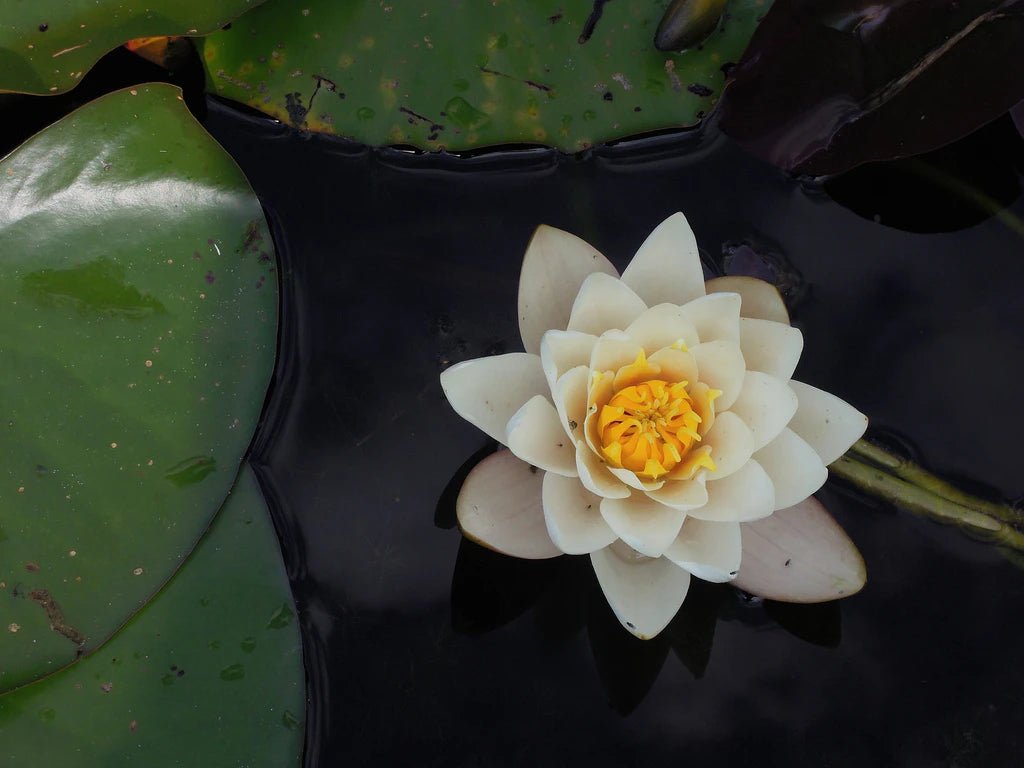
Flowers have long been cherished for their beauty, fragrance, and ability to convey emotion. But what happens to these delicate blooms when they wither and fade? Flower preservation is an intricate art that combines aesthetics with science, allowing you to keep your favorite blooms alive for months, even years. In this article, we delve into the fascinating science behind flower preservation, exploring methods, techniques, and tips to help you maintain that fresh flower charm long after the petals have fallen.
Understanding the Anatomy of Flowers
To grasp the concept of flower preservation, it's vital to understand the anatomy of flowers. A typical flower consists of several essential parts: the petals, sepals, stamens, and pistils. Each component plays a crucial role in the flower’s life cycle and beauty. However, like all living organisms, flowers are subject to biological processes that lead to decay.
Cellular Structure
Flowers are primarily made of cells, each containing water, sugars, and structural compounds like cellulose. These cellular constituents contribute to the flower's strength, color, and texture. As flowers age, the cellular structure begins to break down, leading to wilting and eventual decay. This decomposition is a natural process caused by enzymatic reactions and microbial activity.
Water and Nutrient Transport
One of the primary reasons flowers wilt is due to loss of turgor pressure caused by water evaporation. The xylem and phloem, responsible for transporting water and nutrients, begin to shut down, leading to droopy petals and leaves. Preserving flowers effectively involves interrupting this decay process by maintaining their structural integrity.
Methods of Flower Preservation
There are various methods employed for flower preservation, each with its distinct scientific properties. Here, we explore the most popular methods that allow you to enjoy your cherished blooms for longer.
Air Drying
Air drying is one of the simplest and most traditional methods for preserving flowers. It involves hanging flowers upside down in a dry, dark, and ventilated space to allow moisture to evaporate.
- Process: Gather a small bunch of flowers and tie the stems together. Hang them upside down in a cool, dark place.
- Duration: Usually takes 2-3 weeks, depending on the flower type and humidity levels.
- Benefits: This method helps retain the flower's natural colors while minimizing brittleness.
Pressing
Pressing flowers is another ancient technique that involves flattening and drying flowers between heavy books or using a flower press. This approach emphasizes the aesthetic aspect of flowers by transforming them into flat art pieces.
- Process: Place flowers carefully between sheets of parchment paper and stack heavy books on top.
- Duration: Typically requires 2-4 weeks for complete press-drying.
- Benefits: Ideal for creating artwork or decorative pieces like greeting cards.
Silica Gel Preservation
Silica gel is a desiccant that draws moisture away from flowers. This preservation method is particularly popular for maintaining vibrant colors and shapes of delicate flowers.
- Process: Submerge flowers in a container filled with silica gel, ensuring the flowers are completely covered.
- Duration: Usually takes 2-7 days, depending on the flower type.
- Benefits: Flowers retain their original shape and color effectively, making this method suitable for display.
Glycerin Preservation
Glycerin is an excellent option for preserving foliage and some flowers. This method involves replacing the water in the plant cells with glycerin, effectively preventing wilting.
- Process: Mix one part glycerin with two parts water and place the stems of flowers in the solution.
- Duration: The flowers will absorb the solution over the course of 2-3 weeks.
- Benefits: Results in soft and pliable flowers, ideal for arrangements.
The Chemistry of Preserving Flowers
Preservation methods aren't just artistic; they involve chemistry at their core. From the dehydration process in air drying to the osmotic balance in glycerin preservation, understanding these chemical interactions can help enhance your preservation efforts.
The Role of Enzymes
Enzymes are biological catalysts that speed up chemical reactions. As flowers decompose, enzymes break down cellular structures, leading to a loss of color and rigidity. By employing preservation techniques, you inhibit the enzymatic activity and the overall decay process.
The Importance of pH Levels
Maintaining appropriate pH levels during preservation can influence the outcome. For instance, flowers preserved in glycerin can become darker due to changes in pH affecting the pigments in the petals. Understanding the chemistry behind flower preservation allows for better techniques tailored to specific blossoms.
Tips for Successful Flower Preservation
Whether you're a novice or an expert in the field of flower preservation, here are some tips to ensure the best results:
- Choose the Right Flowers: Some flowers preserve better than others. Look for species that retain their structure and color.
- Harvest at the Right Time: Flowers should be picked during their peak bloom for optimal preservation.
- Dry Quickly: To prevent decomposition from microbial activity, ensure flowers are dried as quickly as possible.
- Experiment with Methods: Different flowers may respond better to various preservation methods. Don't hesitate to try multiple techniques.
Emotional Connections and Cultural Significance
The beauty of preserved flowers extends beyond their physical appearance; they hold emotional significance and are often tied to cherished memories. In many cultures, flowers symbolize love, remembrance, and celebration. Preserved flowers can serve as a lasting tribute to someone special, marking important life events like weddings, anniversaries, or the passing of loved ones.
Preserved Flowers as Gifts
Giving preserved flowers as gifts allows you to convey emotions and memories that spontaneously fade with fresh blooms. They represent eternal love, friendship, and gratitude, symbolizing that relationships endure despite the test of time.
Cultural Practices Around the World
Different cultures have unique practices for preserving flowers. In Mexico, marigolds are a central element during the Day of the Dead celebrations. Similarly, in Japan, the art of Ikebana involves arranging flowers in a manner that emphasizes their form and proximity, sometimes including dried and preserved flowers to reflect the fleeting nature of beauty and life.
Preservation and Sustainability
In an age where sustainability is a growing concern, flower preservation plays an integral role in reducing waste. By prolonging the life of flowers, you not only enjoy their aesthetics but also minimize the need for mass cultivation and subsequent waste from unsold blooms. Using preserved flowers in decorations or artworks promotes a more sustainable lifestyle.
Eco-Friendly Materials
As the industry evolves, many flower preservation techniques now incorporate eco-friendly materials. For example, natural drying agents, biodegradable adhesives, and sustainable packaging options ensure that preservation aligns with environmentally conscious practices. By choosing sustainable methods, you contribute to a healthier planet while enjoying the beauty of your favorite blooms.
Make Preserved Flowers Part of Your Life Journey
Preserved flowers bring joy and nostalgia into our lives, acting as tangible tokens of significant moments. From home decorations to heartfelt gifts, the application of flower preservation techniques enhances both aesthetic appreciation and emotional value. As you explore the methods of preserving flowers, remember that each bloom can tell a story—a story that transcends time, capturing the essence of life itself. Dive into the art of flower preservation and create lasting memories today!
